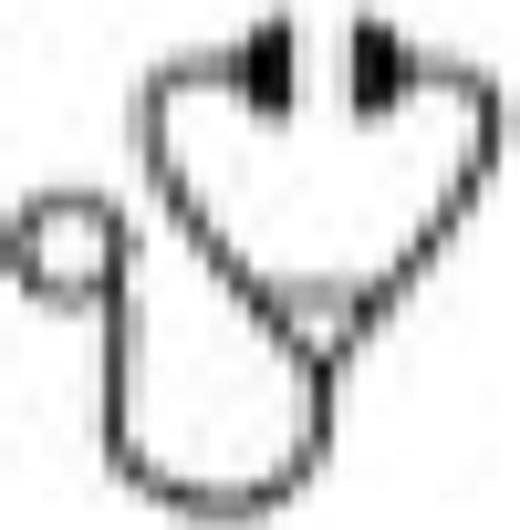Abstract

Introduction:
Collection of adequate numbers of Hematopoietic Stem Cells (HSCs) is a prerequisite for proceeding to autologous bone marrow transplant. However, various studies have showed that approximately 5% to 40% of patients do not meet the minimum threshold of 2×106 CD34+ cells/kg that is associated with timely engraftment and better outcomes. There is little consensus over the optimal mobilization regimen for procurement of peripheral blood CD34 + stem cells (PBSCs). Studies comparing mobilization using high-dose cyclophosphamide(HD-CY) {5-7 g/m2} or intermediate dose cyclophosphamide (ID-CY) {3-4g/m2} plus G-CSF with low dose cyclophosphamide (LD-CY) {1-2g/m2) plus G-CSF have reported higher total PBSC yield with the former but at the cost of higher toxicity [Hiwase et al, Cytotherapy 2007]. Hence the significance of our study to evaluate the efficacy and safety of LD-CY plus G-CSF in the era of novel induction therapies, takes precedence in terms of optimal resource utilization.
Methods:
We retrospectively analyzed mobilization efficacy and need for supportive care in Myeloma and Lymphoma patients that received LD-CY (2g/m2) plus G-CSF (10µg/kg/day) as the preferred mobilization regimen. Patients treated with novel induction regimens only, with or without radiation were included. LD-CY was given on day 1 with MESNA. G-CSF was started Day +5 from LD-CY and continued until the completion of apheresis. We started to measure peripheral CD34+ (pCD34) when patient's white blood cell count recovered to >1000/µL. When the pCD34 count was ≥10/uL, apheresis was started.
Results:
Out of 21 patients analyzed, 14 (67%) were Myeloma, predominantly IgG subtype (71%) and 7(33%) Lymphoma predominantly Non-Hodgkins type (71%). Our study population comprised of 53% females, 81% Caucasians with median age of 59 years (30-66). 28.5% patients had radiation treatment in the past. Mean/Median lines of chemotherapy previously received were 2/1 (1-5).71% patients received Lenalidomide (57%) / Thalidomide (14%) based regimens for induction therapies. 52% patients had complete response at the time of chemo mobilization.
Successful mobilization (defined as total CD34+ cells collected >2x106/kg) was significantly achieved in 95% patients with mean/ median collection of 12.4/11.5 x106 CD34+ cells/kg (20 out of 21 patients, One sample T- test with significance level, alpha =0.025 [one sided ]showed T statistic 5.36 with p-value <0.0001). First apheresis yielded at least 2 x10 6/kg CD34+ cells in 76 % patients with a mean/median of 5.8/3.8 x106/kg CD34+ cells. 66% of patients were found to be good mobilizers, defined as patients collecting ≥5 x106 CD34+ cells/kg in ≤2 days. 81% patients collected ≥5x106 CD34+ cells/kg and 57 % patients collected ≥10 x106 CD34+ cells/kg. Mean/Median Peak pCD34count was 97.7/60 cells/µL(2-488). Median number of aphereses was 2 (mean 2.6) with the mean and median time to apheresis being 11 days (9-15). None of the patients needed inpatient hospitalization or intravenous antibiotics during mobilization or had any complication related to immunosuppression. 14% and 19% of patients needed packed red blood cell and platelet transfusions respectively during the mobilization period. One Myeloma patient (4.8%) that failed mobilization had previously received five lines of chemotherapy including lenalidomide/thalidomide containing regimens and had stable disease at the time of mobilization. Interestingly, 61% of myeloma patients that successfully mobilized had received lenalidomide containing induction regimen (mean/median no. of cycles- 3.9/4[1-7])
Conclusion:
Our analysis shows that LD-CY plus G-CSF is efficacious to mobilize sufficient number of stem cells (>2x106 CD34+ cells /kg) in Myeloma and Lymphoma patients treated with novel agents, including the challenging sub-group of lenalidomide treated myeloma patients, with no infectious complications or morbidity noted during the entire period of mobilization. Therefore, we believe LD-CY plus G-CSF may overcome the negative effects of prior lenalidomide exposure on PBSC mobilization [Mark et al, Biol Blood Marrow Transplant 2008] and is superior in terms of optimal resource utilization compared to novel plerixafor based regimens [Chaudhary et al, J Clin Apher 2013]. Prospective studies involving CY based regimens will help elucidate the optimal dose of chemo-mobilization.
No relevant conflicts of interest to declare.
Author notes
Asterisk with author names denotes non-ASH members.

This icon denotes a clinically relevant abstract

